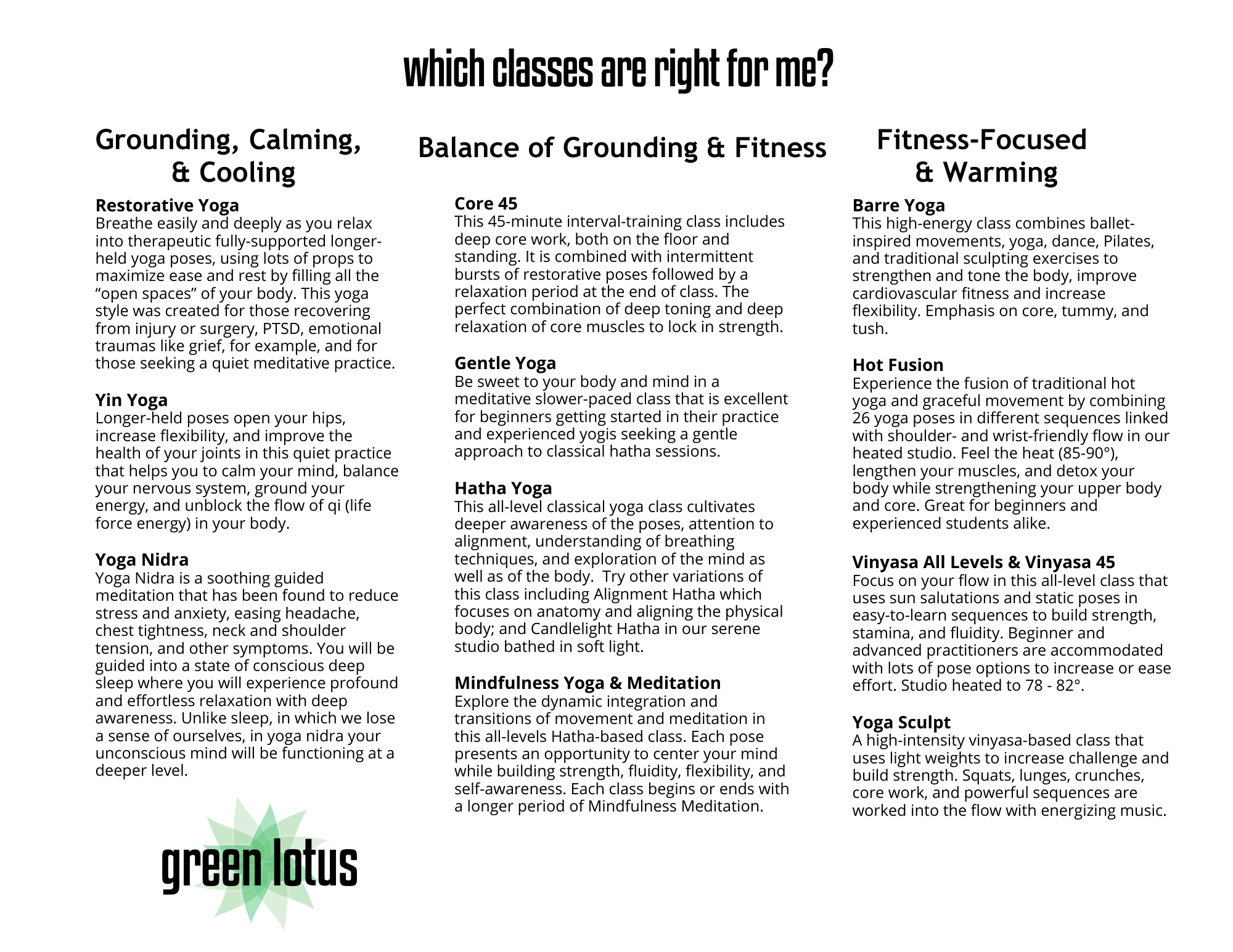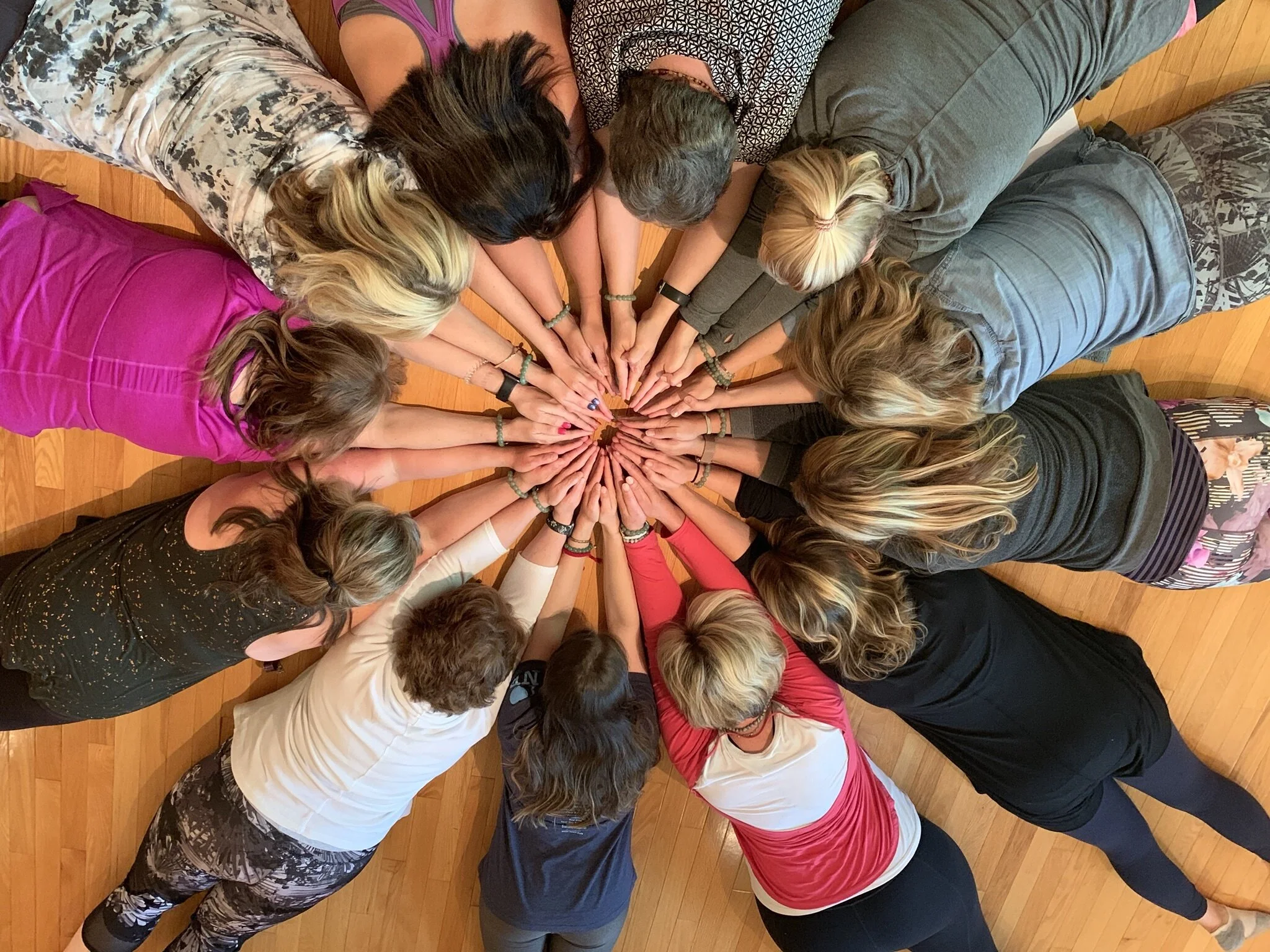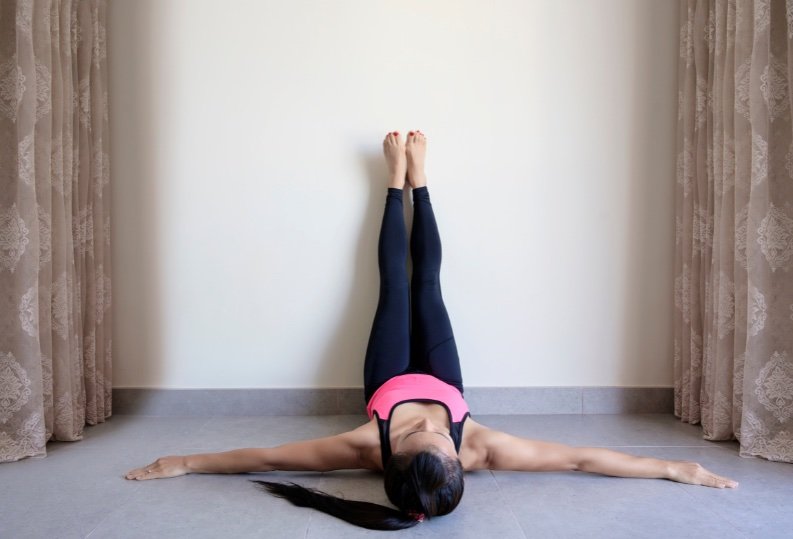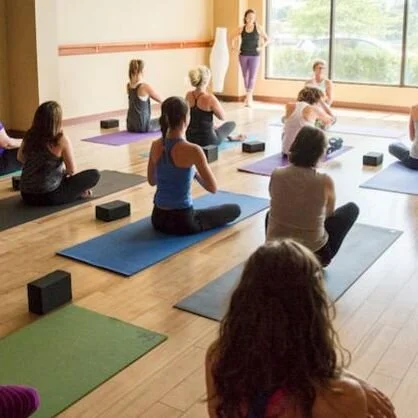The Fantastic Flexible (and Warming) Practice of Yoga
/ Guest UserSummer (especially this last one) warms the muscles quickly and makes all movement easier. As the muscles quickly heat up in the sun, walking, running, and all manner of exercise feels more accessible and possible.

One of the many reasons a yoga practice supports physical well-being is because asana and pranayama build internal heat in nearly every kind of class that includes movement. The more restful practices like Yin, Restorative, and Yoga Nidra, for example, are considered cooler in nature because the muscles are being asked to rest. Hatha, Vinyasa, Slow Flow, Sculpt, by contrast – with long-held poses, movement to breath, lifting of hand-held weights (or just lifting our own limbs and using our core) while striking poses – all create warmth from the inside out. As the internal body temperature rises, muscles big and small burn heat, building strength and increasing the possibility of flexibility.

Many yoga students make statements like these before beginning a yoga practice:
"Before I started my practice, I couldn't straighten my legs at all."
"Practicing asana and working with my breath has made my body feel more flexible and stronger - and I don't get as cold as I did before."
And isn't that a great thing in a cold Minnesota winter?
A yoga regimen that encapsulates some yang-oriented (more active) asana and pranayama practices like Hatha, Vinyasa, or Sculpt and some more yin-oriented (more passive) like Restorative, Yoga Nidra, and Yin provides natural "cross-training" for the body (and the combination is great for the mind and brain, too). The more-active yoga styles create heat and energy. The less-active ones cool the brain, and a cool brain gives respite and opens to peace. Yoga can be used – and is used – in in all manner of settings as a therapeutic tool. See the image below to find the combination of classes that addresses your needs and intentions.

Aaah, the joy of the fantastic flexible (and warming) practice of yoga!
Join us in studio or find a class in our video library
In 2006, Marcia, a former journalist and corporate executive, wrote the plan that launched Green Lotus and planted the seeds of service that are the foundation of its philosophy. "As teachers and healers," founder Marcia says, "we meet students and clients where they are. We learn and grow from each other -- and have fun doing it." Now, Marcia continues to support Green Lotus when owner Merry Beth (MB) Freienmuth calls on her. She continues to write for the GL newsletter and blog, substitute for teachers, teach in the 200-hour teacher-training program, and enjoy time with her family, including her two grandchildren. She bikes, swims, hikes, reads, and gardens. She and MB still co-own Green Lotus Retreats and she finds joy in traveling with you to places near and far.
























